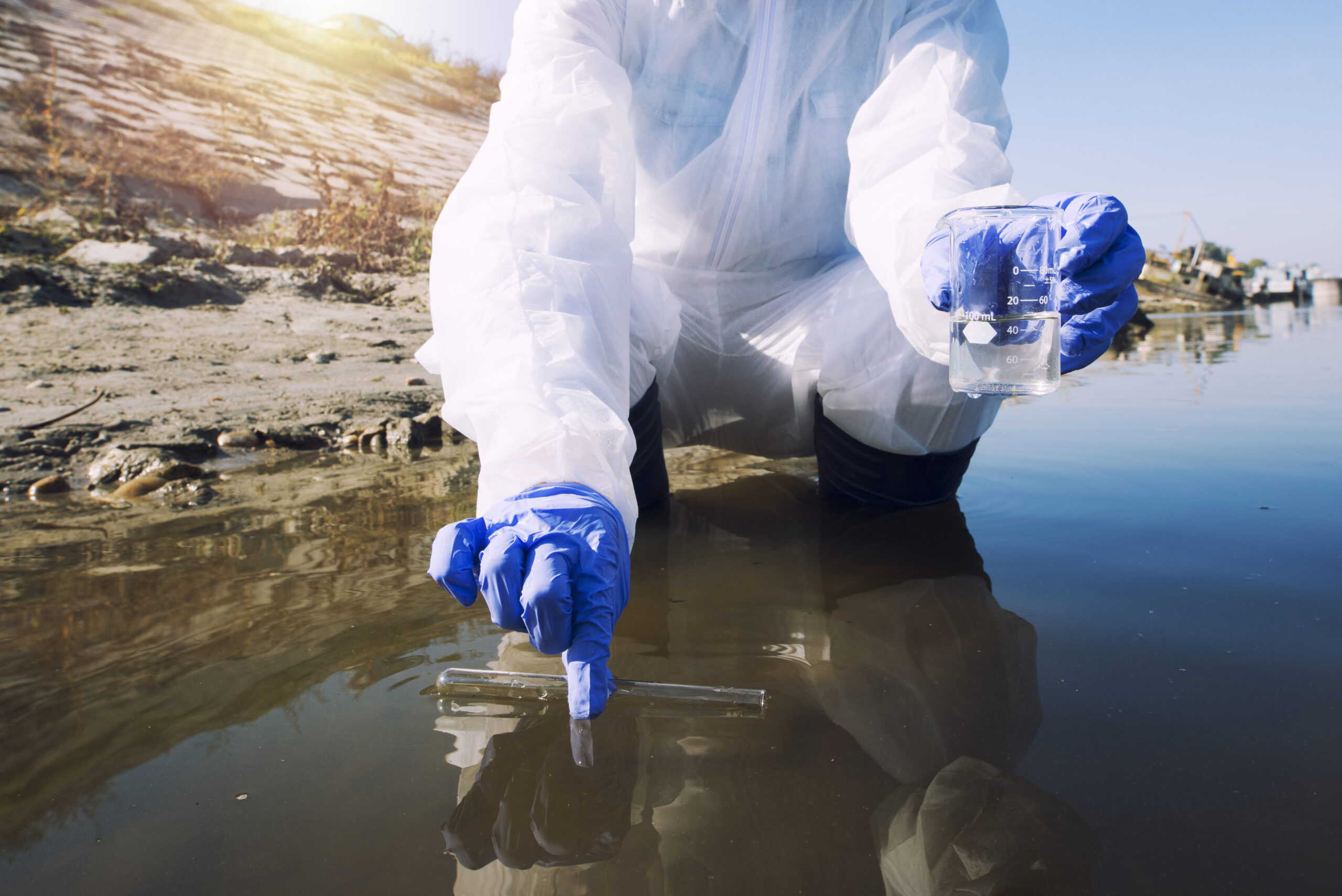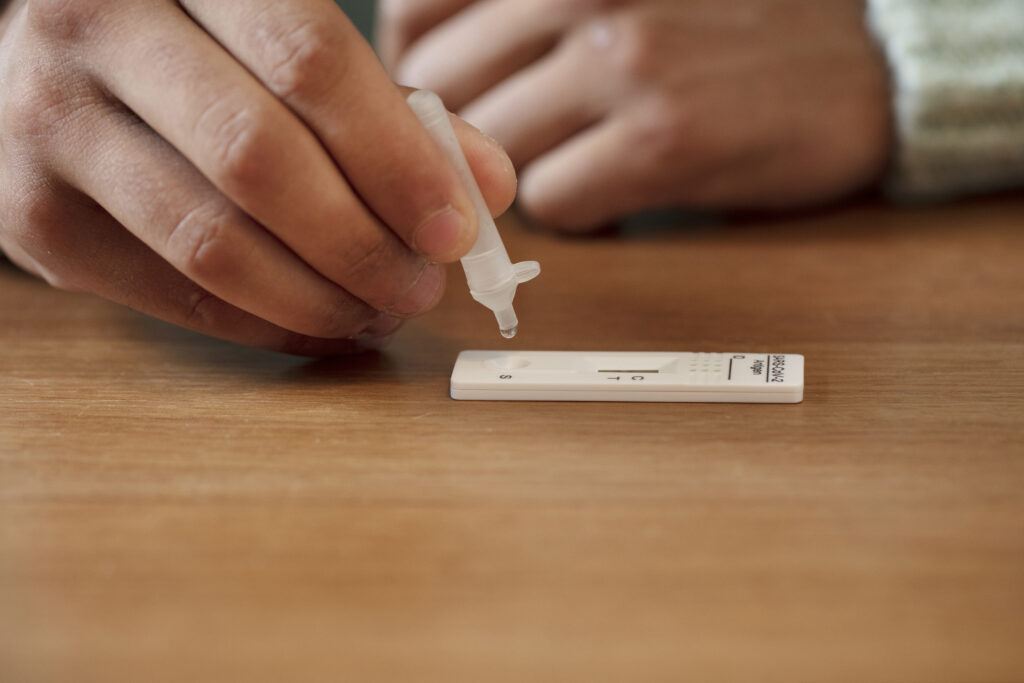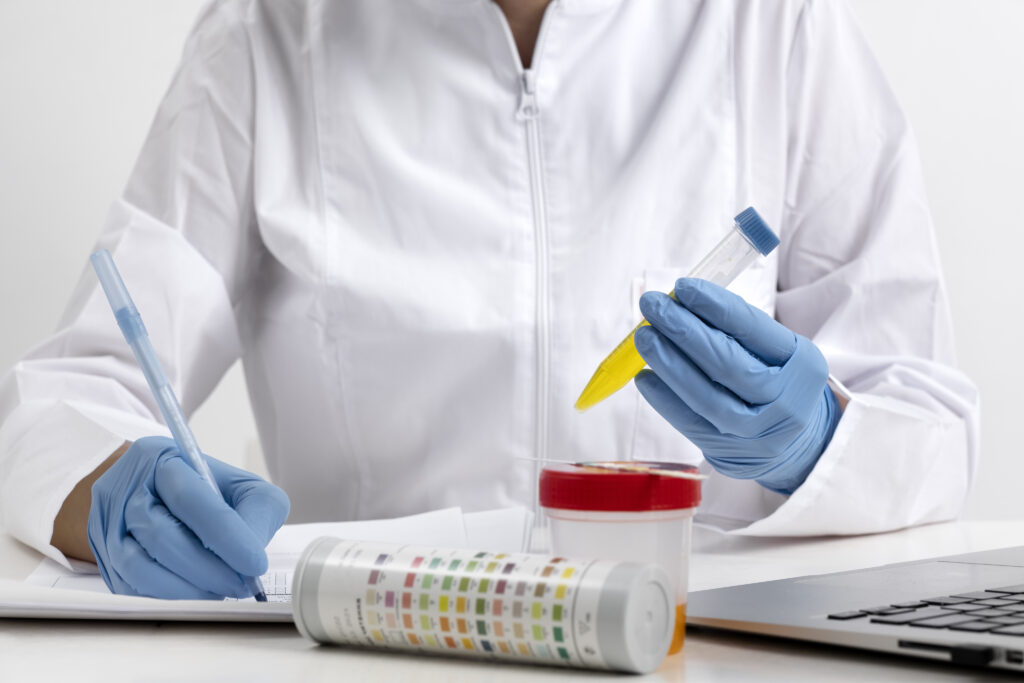The quality of water is a crucial aspect in maintaining an environment that is safe and healthy regardless of whether it is used for drinking recreation, for example, or for industrial processes. To protect the quality of water sources, efficient testing techniques are crucial. TTC (2,3,5-triphenyltetrazolium chloride) dipslides, for example, provide a straightforward and reliable tool to detect microbiological contamination in water.
We’ll dive into the realm of TTC dipslides in this thorough guide that will cover their operation, step-by-step use analysis of the results, as well as troubleshooting tips. Knowing the fundamentals of TTC dipslides will allow you to be confident in conducting water tests and monitoring water quality under a range of conditions.
What Are TTC Dipslides?
TTC dipslides also referred to also as Total Viable Count (TVC) dipslides are a quick and simple way to determine the composition of microbiological elements in water. They are small, portable instruments that are made of an aluminum paddle that is coated with a specific agar medium. This agar contains the red dye 2,3,5-triphenyl tetrazolium chloride (TTC), which causes live bacteria colonies to turn red as they develop on the agar surface.
TTC dipslides are widely employed to ensure that the water samples and other liquids are in compliance with microbiological quality standards for various sectors, including healthcare, food and beverages manufacturing, and environmental monitoring.
How TTC Dipslides Work
TTC (Triphenyltetrazolium Chloride) dipslides are a common method for assessing bacterial contamination in a variety of industries, including food manufacturing, water supply, and healthcare. TTC dyes are a compound that changes color in the presence of living organisms to indicate the activity of bacteria. These dipslides consist of a plastic slide that has two agar surfaces which are coated with TTC, a dye that redoxes. If the slides are submerged into a sample that is contaminated the bacteria that reside on the slide’s surface break down the TTC creating the color shift which can be measured and detected.
The dye’s redox function could explain the mechanism behind TTC dipslides. If exposed to the activities in living organisms, the triphenyl tetrazolium chloride exhibits an alteration in color. When the slide is submerged into the sample contaminated by bacteria Bacterial enzymes utilize cellular respiration to transform the TTC into a formazan dye. The reduction reaction results in the hue shift, typically beginning as yellow and progressing to purple and finally dark red. The amount of bacterial activity present in the test is correlated to the extent of the shift in color of the TTC dipslide, which allows an analysis of both quantitative and qualitative bacterial activity.
TTC dipslides’ capacity to be versatile comes from their ability to identify a wide variety of bacteria species simultaneously. Since the dye is an insensitive indicator that reacts with dehydrogenases in a wide variety of bacteria. It is the reason changing its color may signal the presence of anaerobic and aerobic microorganisms. TTC dipslides are also used to detect contamination by fungus and yeast. TTC dipslides are a vital tool for companies that rely on food security, water quality, and infection control since they provide a fast and easy method of analyzing the levels of bacterial contamination.
Step-by-Step Instructions for Conducting Water Testing using TTC Dipslides
- Prepare Your Materials:
You must have these resources available before you start:
- TTC dipslides of TTC
- Sterile gloves
- A sample container
- Incubator (if available)
- Timer
- Collect Your Sample:
Take a water sample from the source you wish to study using a clean sample container. To avoid contamination, use correct sample methodologies.
- Inoculate the Dipslide:
Take the dipslide out of its container by wearing gloves that are sterile. To avoid contamination, be sure to remove the dipslide. The coated paddle is dipped in the water sample, saturating the entire surface.
- Incubate:
Incubate the dipslide inoculated for between 24 and 48 days in an incubator set at the right temperature (typically 35 to 37 degrees Celsius). If an incubator isn’t available, put the dipslide in a warm dark, and stable temperature space.
- Interpret the Results:
Check the dipslide for bacteria growth following incubation. Live bacteria colonies will be visible on the surface of the agar in the form of red dots or patches. As you increase the number of colonies you can see the greater amount of microbial material that is present in the sample.
- Record and Report:
Take a look at the colonies that have been spotted on the dipslide, and then compare the results with the requirements for microbiological quality that have been established for your particular application. If the count of microbes exceeds acceptable limits, you must make the necessary changes to correct the issue.
TTC dipslides are a vital tool for water testing since they are a quick and cost-effective method to test microbiological quality. By making use of TTC dipslides, you can ensure the security and integrity of the water you depend on daily, regardless of whether an expert in water treatment food manufacturer, or even a worried homeowner. You’re well-equipped to start using TTC dipslides for efficient water testing by utilizing the information and tips provided in this complete guide. When it comes to safeguarding our most precious resource, water that is safe and clean Remember that knowledge is power.
If you like this article share it and visit us at metalchem.com for a free consultation about your product needs, feel free to contact us or email us at or********@gm***.com




